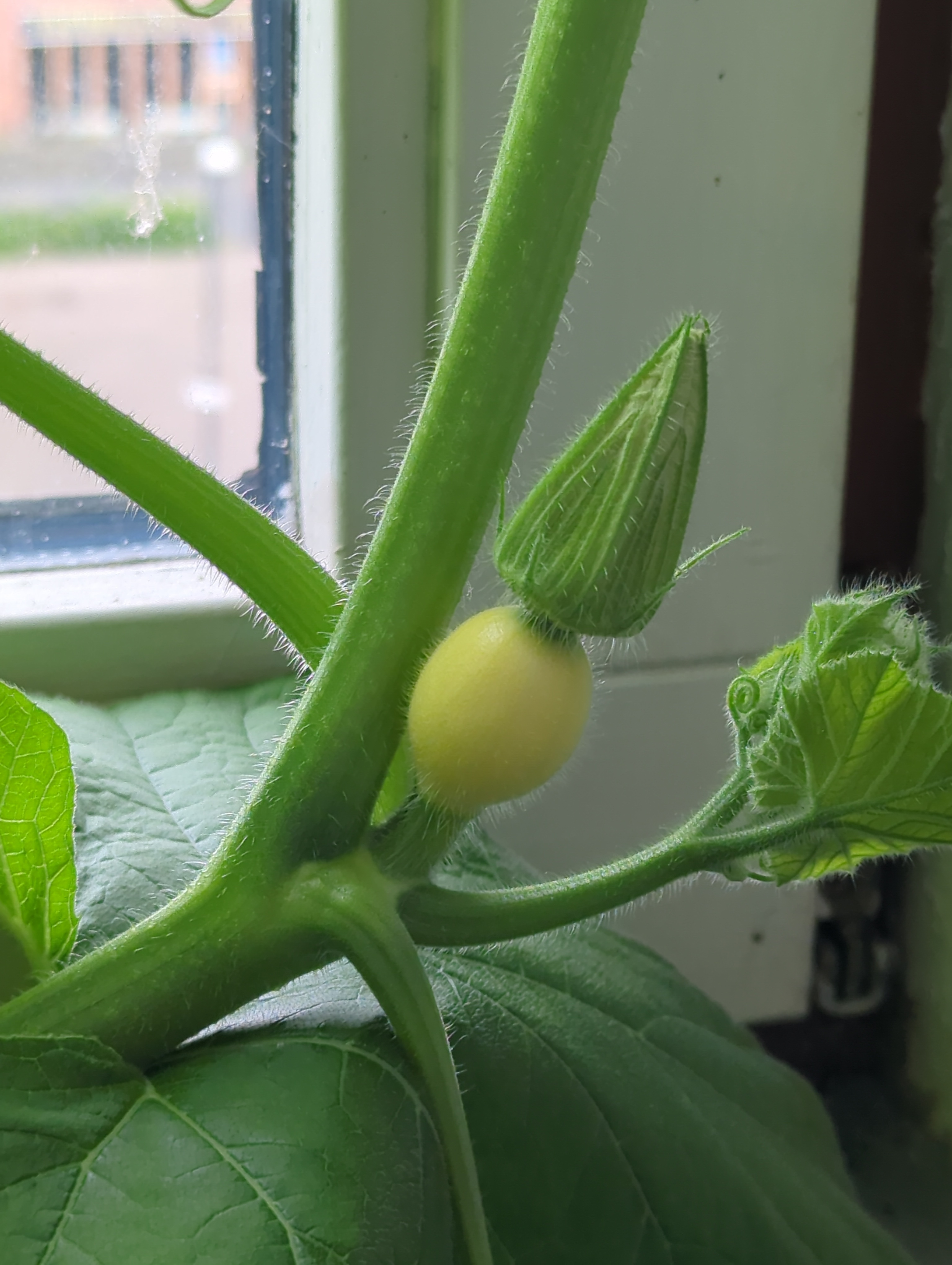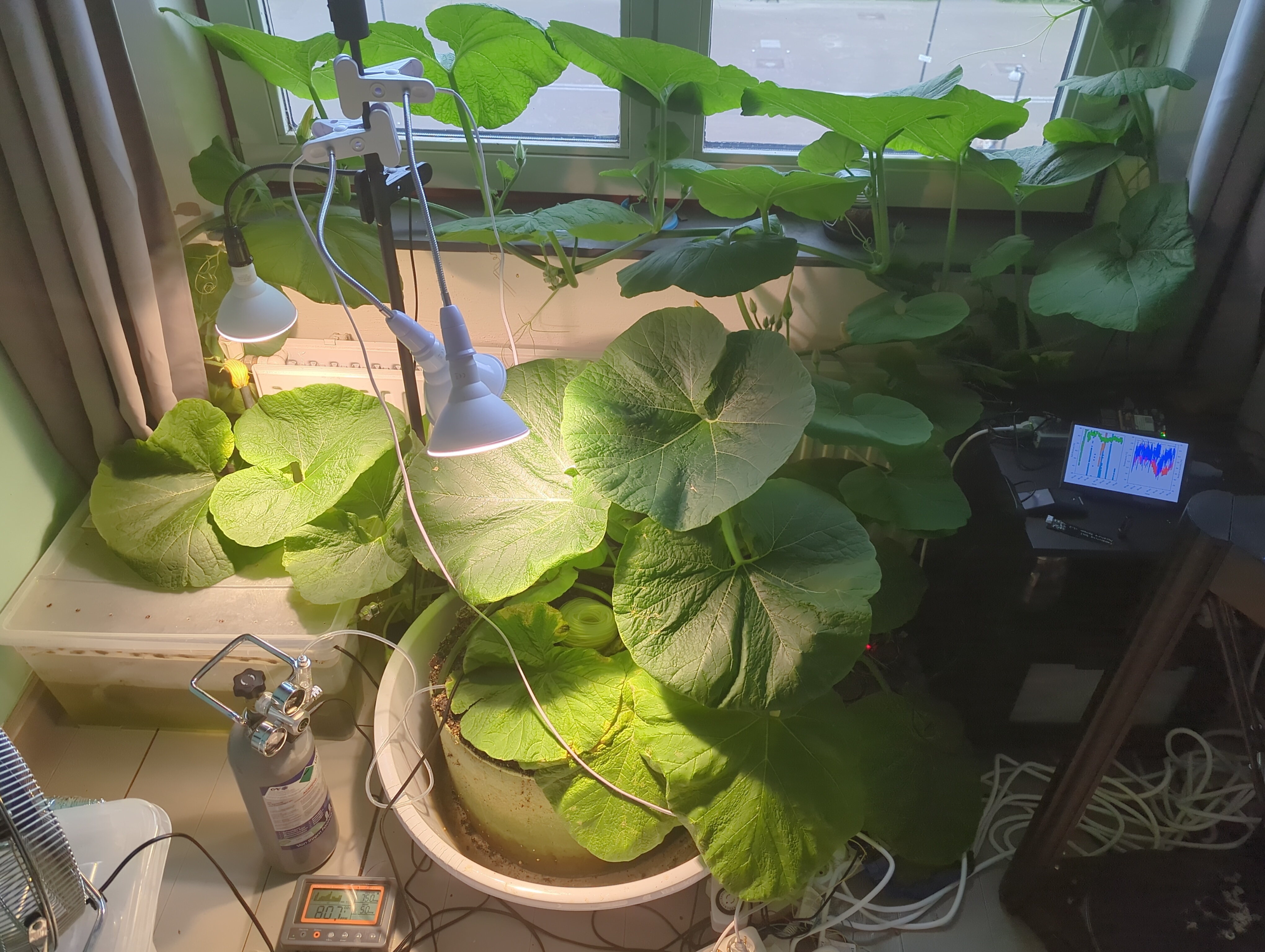Checking back in. Still not working :(
Publishing in a more prestigious journal usually means that your work will be read by a greater number of people. The journal that a paper is published on carries weight on the CV, and it is a relevant parameter for committees reviewing a grant applicant or when evaluating an academic job applicant.
Someone who is able to fund their own research can get away with publishing to a forum, or to some of the Arxivs without submitting to a journal. But an academic that relies on grants and benefits from collaborations is much more likely to succeed in academia if they publish in academic journals. It is not necessarily that academics want to rely on publishers, but it is often a case of either you accept and adapt to the system or you don't thrive in it.
It would be great to find an alternative that cuts the middle man altogether. It is not a simple matter to get researchers to contribute their high-quality work to a zero-prestige experimental system, nor is it be easy to establish a robust community-driven peer-review system that provides a filtering capacity similar to that of prestigious journals. I do hope some alternative system manages to get traction in the coming years.
The structure is shown in the full text:

Thank you for the feedback!
Great to hear! Thanks!
If the timing is right, I would bring a mushroom grow bag with mushrooms sprouting.
If not... probably my radiacode gamma spectrometer and some of my radioactive items. Maybe a clock with radium painted dials and a piece of trinitite. I think that there are many different points of discussion that can be of interest to a broad audience (radioactivity, spectroscopy, electronics, US labor law story of the radium girls, nuclear explosions, background radiation.... etc). As a bonus I can bring a UV flash light and show the radium fluorescence. Adults love UV flash lights.
I think that they are referring to Paxillus involotus
It is quite an interesting mushroom. It was considered "safe to eat" for a long time, but it contains an antigen that a human's immune system can learn to attack.
The antigen is still of unknown structure but it stimulates the formation of IgG antibodies in the blood serum.
I once looked into whether this immune response builds up over many exposures, or if it is a random event that has a probability of happening for each exposure. I don't remember finding a convincing answer... If it is a random event, then mushroom could be considered a "Russian roulette" mushroom that will usually provide a nice meal, but, if unlucky, you may experience the following:
Poisoning symptoms are rapid in onset, consisting initially of vomiting, diarrhea, abdominal pain, and associated decreased blood volume. Shortly after these initial symptoms appear, hemolysis develops, resulting in reduced urine output, hemoglobin in the urine or outright absence of urine formation, and anemia. Hemolysis may lead to numerous complications including acute kidney injury, shock, acute respiratory failure, and disseminated intravascular coagulation. These complications can cause significant morbidity with fatalities having been reported.
I agree with you that this is probably unrelated to the "generally similar to humans" comment. I feel like this fantasy is a combination of the above fact mixed in with the fact that the Fungi belong to the Opisthokonts, which places them closer to animals than plants, and so they share some interesting cellular characteristics with us. This places them closer to animals than plants, but "generally similar to humans" is perhaps a bit of a stretch ^_^
But, it is just a meme about a guy being hyped about mushrooms. Hopefully people don't expect memes to be super accurate 😁
Expatriate/expat
Maybe it is not a popular opinion. And perhaps calling it "bigotry" is too far. But I work in a different country from where I was born, and I consider myself an immigrant. I have however seen this trend of referring to educated professionals as "expats" to distinguish us from people who immigrate to escape conflicts and/or poverty. I don't agree that this distinction is necessary or valuable, and I feel uncomfortable when I am described with that term. If I am called that, I usually chuckle and let people know that I'm an immigrant!!
-
Password hashing occurs server-side. Even without removing the hashing step an admin can intercept the plaintext password during login. Use unique safe passwords.
-
An admin can intercept the jwt authentication cookie and use any account that lives in the instance.
-
Private messages are stored as plaintext in the database
-
Admins can see who upvotes/downvotes what
-
These are not things that are unique to Lemmy. This is common.
-
To avoid having to trust your admin, run an instance.
Full genome sequencing.
The price of sequencing continues to decrease as the technology evolves. I have already seen claims of under $1,000 for a full human genome. I haven't looked carefully into those claims, but I think we are around there. In some years full genomes will be so cheap to sequence that it will be routine. I want to buy one of those small Oxford Nanopore MinION sequencers in the future. I'll use it like a pokedex.
Really cool! I'm excited to learn more about you and the project!
What's the format? Should we submit questions beforehand, or will you process questions that arrive at the start time? I've never participated in an AMA 😅






This work using high-throughput combinatorial chemistry to find molecules to stop/revert aging is amazing. I have been looking it in the past few days. The authors screened 653,000 different compounds, I am very curious about how expensive this screening was.
I was not aware of DePinho but I am familiar with Schultz's work. I thought that would get a Nobel prize for his work on non-canonical amino acids, but he hasn't yet. I am now placing my bets, Ronald DePinho and Peter G. Schultz will win a Nobel prize.